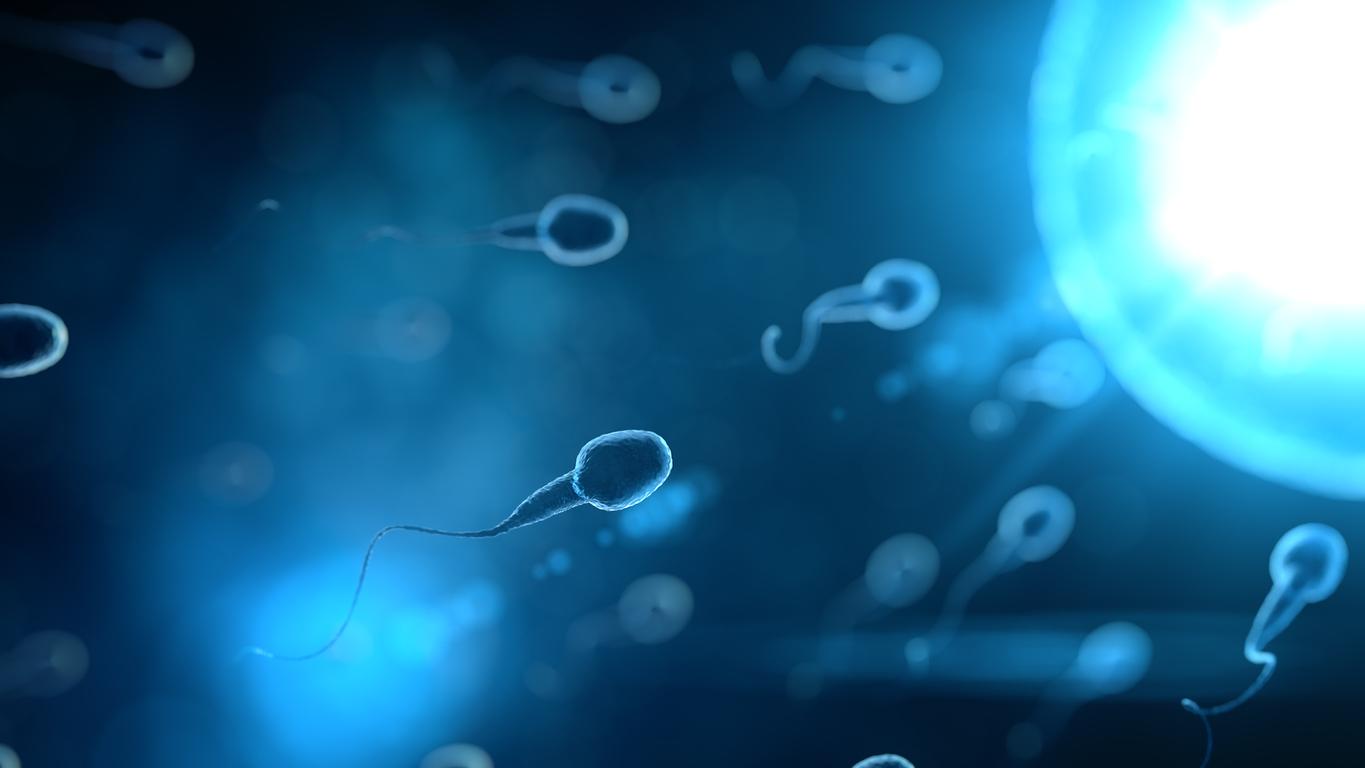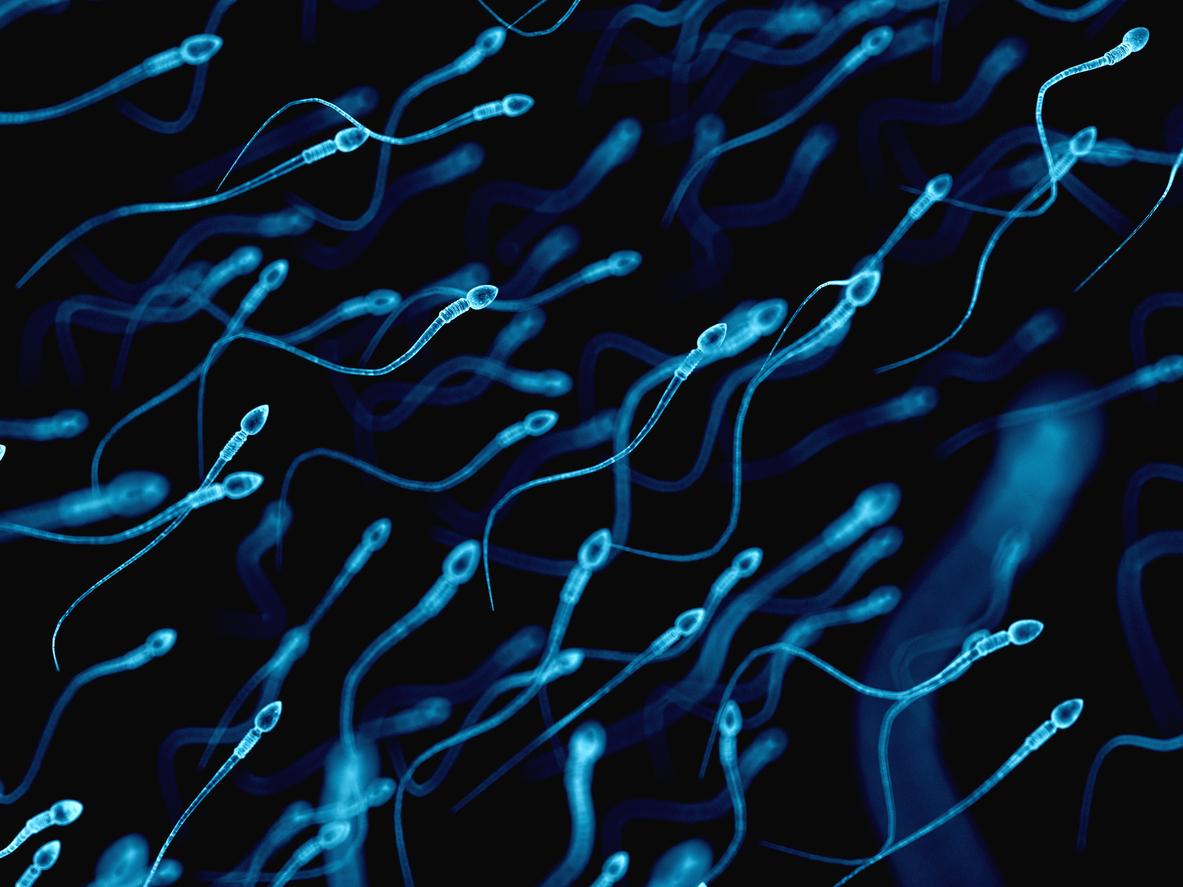Researchers have identified the main factors that can impact the quality and functionality of spermatozoa.

- Male fertility has declined dramatically over the past few decades.
- DNA fragmentation – an element that determines the functionality of spermatozoa – jumps from the age of 50.
- Other elements can reduce the quality of sperm: pollution, smoking, varicocele, diabetes and testicular tumors.
The fertility rate in Western countries is falling: one in six couples suffers from infertility problems. The causes are multiple and about 50% can be attributed to men. Researchers from Semmelweis University (Hungary) have identified several factors that can damage the genetic material of sperm.
Their work has been published in the journal Reproductive Biology and Endocrinology.
Infertility: the quality of spermatozoa decreases from the age of 50
“The so-called DNA fragmentation analysis is currently the only evidence-based test for determining the functionality of sperm. It examines their DNA content, i.e. the proportion of intact or fragmented genetic material in the semen. More the DNA is fragmented, the less the sperm are able to fertilize. In addition, this can increase the risk of miscarriage”explains Dr. Zsolt Kopa, director of the Andrology Center of the Department of Urology at Semmelweis University, in a communicated.
To identify the most dangerous factors that can damage the genetic material of sperm, the researchers reviewed 27,000 studies on male fertility conducted between 2003 and 2021 as well as data from thousands of men treated in infertility clinics. They found that sperm quality begins to deteriorate significantly after age 50. The sperm of fifty-somethings had a significantly higher rate of DNA fragmentation compared to younger people (12.58%).
Sperm: other factors that reduce its quality
“But, of course, that does not mean that it is worth waiting to start a family, because other important parameters can also deteriorate with age”warns Dr. Anett Szabó, first author of the publication.
The study highlights other factors that can reduce male fertility:
- Pollution: The meta-analysis found that air pollution and exposure to pesticides or insecticides (work-related or otherwise) increased DNA fragmentation within sperm by 9.68% in mean.
- Smoking: the sperm of smokers has a DNA fragmentation of 9.19% compared to non-smokers.
- Varicocele: this pathology characterized by the dilation of the veins of the spermatic cord increases the fragmentation of the DNA of the spermatozoa by 13.62% on average.
- Diabetes: this disease impacts fertility according to researchers.
- Testicular tumours: DNA fragmentation can reach 11.3%.
In addition to the factors already mentioned, there are other elements that can reduce the quality of sperm. Quality of life, excess weight, taking certain medications and even stress can impact the quality and quantity of sperm.
“We have identified risk factors that lifestyle changes can prevent. Men can reduce the risk of DNA damage by adopting a healthier lifestyle, which may be a more effective and cost-effective approach long-term desire for children”adds Dr. Anett Szabó.
















